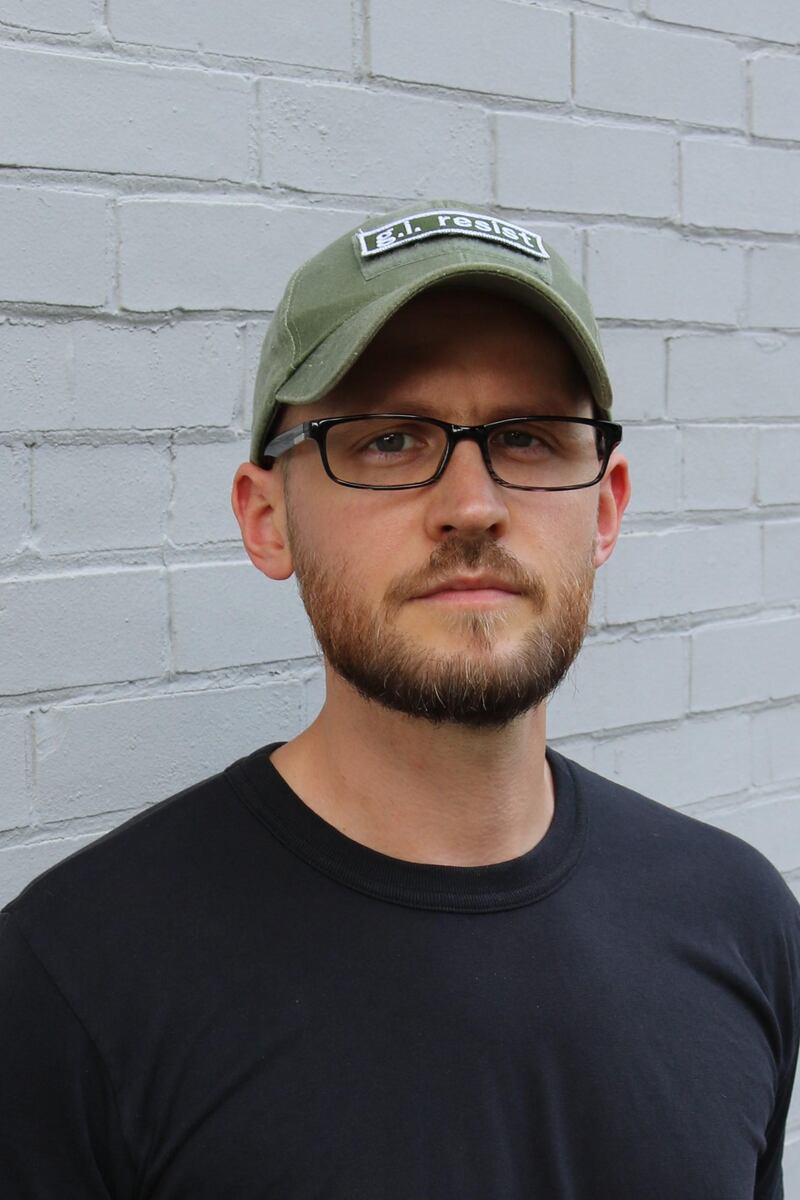A group of US military veterans and artists have weighed in on the controversy surrounding the contemporary art space MoMA PS1 in Queens, New York.
The group has sent a letter to the Museum of Modern Art and MoMA PS1 to protest MoMA trustee Leon Black, whose private equity firm owns the defence contractor Constellis Holdings, formerly known as Blackwater.
They join a group of 37 artists involved in a show about the conflicts in Iraq who signed a public letter in mid-January over questionable philanthropy. They argue that MoMA's long-standing stated commitment to veterans is inconsistent with an association with Blackwater, particularly in light of MoMA PS1's current exhibition, Theatre of Operations: 1991–2001, which examines artistic response to the American-led conflicts in Iraq.
Blackwater operated in Iraq from 2003 until 2007 and its employees were convicted in a US court over the killing of 17 civilians in the Nisour Square massacre in Baghdad. "We acknowledge our own role in creating the conditions for ongoing death and turmoil in Iraq, and we continue to grapple with this reality through our art, activism, and lives," the veterans write.
“We take responsibility for our past actions and as such choose to stand in solidarity with Iraqi artists and all activists calling on MoMA PS1 to ‘take a truly radical position by divesting from any trustees and sources of funding that profit from the suffering of others’.”
The letter finishes by quoting the earlier letter sent in January to MoMA and MoMA PS1 by the artists and contributors to the show also challenging the affiliation between Blackwater and MoMA.
Both events are part of a general demand among artists and activists in the US that major museums divest from what is known as toxic philanthropy. Over the summer, Warren B Kanders, chair of the board of the Whitney Museum, was forced to resign over protests against his ownership of the body armour and small-arms producer Safariland.
The artists behind the February letter are part of the Veteran Art Movement, which was founded in 2014 by a group of former military servicemen and women who have become artists.
Last year they staged their first triennial in Chicago, with exhibitions of members' work at the Chicago Cultural Centre, the De Paul museum and the National Veterans Art Museum. Kevin Basl, who served in the US army from 2003 to 2008, and who was at the Blue Mountain Centre, the artists' retreat in upstate New York where the group first formed, explains why the artists banded together.
"One of the messages many wanted to communicate was the 'healing narrative of military veteran artwork', which we saw as a depoliticising and over-simplifying label," he says.
“We get written about in terms of ‘these artists are coming back from war and they’re using artwork to heal’, and then they’re moving on. And then there’s this whole chunk of the story that’s left out. It over-simplifies the whole process of returning and developing a political identity. Many of the artists participating in the movement got politicised during their military service. I did. It was the Iraq war that politicised me and turned me into an anti-war activist.”
Basl, who is originally from Pennsylvania, was deployed to Iraq in 2005, 2007 and 2008 as a radar operator. It was partially because of private military contractors, the use of which grew in the wars in Iraq and Afghanistan, that he began learning how the war affected Iraqi citizens. “I was a radar operator but for a lot of the time that I was in Iraq, I was passed out to other jobs because defence contractors had started to take over many of the jobs that soldiers were doing,” he says about his time in Balad, north of Baghdad, in 2005.
“Some of these duties involved guarding what were called ‘third country nationals’ – Iraqis who had come to the base looking for work. They would get paid dirt wages to do menial jobs, like filling sandbags for defence positions, cleaning bathrooms, things like that. I would talk to them, and we would develop human connections, and it just turned me against the war: the bureaucracy and the waste, and the Iraqi people’s lives destroyed.”
Many of the artists in the Veteran Art Movement had similarly been involved in anti-war activism, in organisations such as Iraq Veterans against the War and Veterans for Peace. The Veteran Art Movement sees itself as continuing a tradition of veteran-artists agitating against continued warfare, in this case the militarism of the US: its impact on the social fabric, as well as the role that the profit-making military companies play within the economy. This, Basl adds, holds both for defence contractors such as Blackwater, as well as the for-profit prison companies such as those in which asset manager BlackRock has holdings.
On this day in 1991, US forces bombed an air-raid shelter in the Amiriyah neighborhood of Baghdad, killing more than 400 civilians. Hanaa Malallah combats the transformation of victims into statistics by underscoring their individual humanity in "She/He Has No Picture." pic.twitter.com/juaodaw7GD
— MoMA PS1 (@MoMAPS1) February 13, 2020
BlackRock was the subject of the first protest weathered by Theatre of Operations, when British artist Phil Collins withdrew his work before the show opened in November. Collins objected to the MoMA trusteeship of Larry Fink, BlackRock's chief executive. (MoMA and MoMA PS1 are affiliated but have separate boards.)
Then, in January, a number of the show's participating artists and contributors to its catalogue wrote the letter protesting Black, chair of the board of trustees at MoMA. In addition, artist Michael Rakowitz ceremoniously paused his video in the show, posting a statement alongside it with three sets of demands: that Black divest from Constellis Holdings, or, failing that, that MoMA ask Black to step down from the board, or, failing that, that PS1 divorces from MoMA.
Though no artists from the Veteran Art Movement are in the show, they were aware of it early on as they had collaborated on projects with Rakowitz and the Iraqi artist Wafaa Bilal, who are both involved in the exhibition and were signatories to the January letter.
The museum has given no response to the Veteran Art Group’s letter, nor to the press enquiries around it. In January, they released a statement saying they supported the artists’ right to self-expression.







